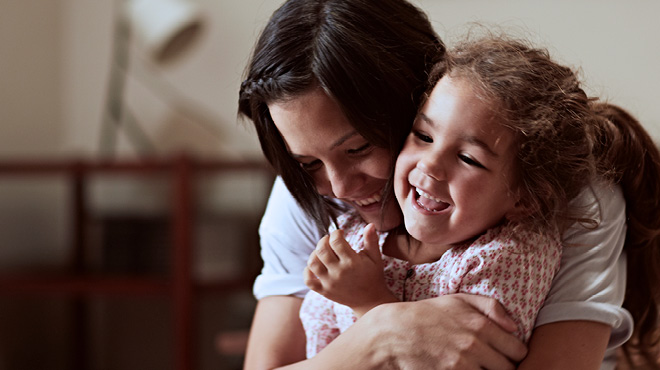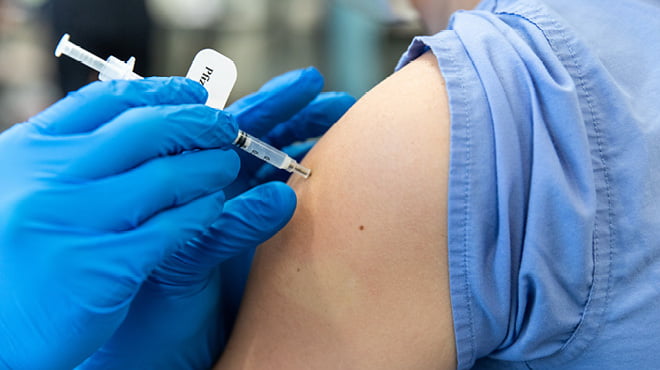Recent Posts
-

-
 Patient StoriesA lifesaver saved: An EMS veteran’s journey from rescue to recoveryNovember 14, 2025
Patient StoriesA lifesaver saved: An EMS veteran’s journey from rescue to recoveryNovember 14, 2025 -

Types of COVID-19 tests, when to use them

The high demand for COVID-19 tests continues, along with questions about the various types of tests and when to use them. Matthew Binnicker, Ph.D., director of Clinical Virology at Mayo Clinic, breaks down the testing options and explains how they work.
Polymerase chain reaction test nasal swab
This test, which is administered at a health care provider's office or a testing site, looks for the virus' RNA in a patient's sample. A sample is collected by inserting a nasopharyngeal swab into a person's nostril and taking cells from the back of the nose. Some lab tests allow for patients to spit into a tube to get a saliva sample.
Make an appointment with your health care provider if you have been exposed or if you are experiencing symptoms.
Depending on the lab your provider uses, you can expect to receive your results within 24–72 hours. The polymerase test is the gold standard when it comes to COVID-19 testing.
At-home nasal swab with lab-based polymerase chain reaction test
This is a similar type of test used at the health care provider's office, but patients collect the nasal swab themselves and mail it to a laboratory to be analyzed.
Patients should use this test after exposure or when beginning to experience symptoms.
Results from at-home tests typically take three to seven days. Since these tests are polymerase chain reaction tests performed in a laboratory, these results have higher accuracy than at-home antigen tests.
Saliva polymerase chain reaction test
This is a similar type of test used at the health care provider's office, but patients collect the saliva sample themselves and mail it off to a laboratory to be analyzed. Similar to swab tests, saliva is a specimen that can be collected for polymerase chain reaction testing. Saliva is typically easier ― and more comfortable ― to collect from patients, compared to a nasopharyngeal swab.
Patients should use this test after an exposure or when they begin experiencing systems.
Results from at-home, mail-away tests typically take three to seven days. Since these tests are polymerase chain reaction tests performed in a laboratory, these results have a higher accuracy than at-home antigen tests.
Rapid at-home antigen tests
Rapid at-home antigen tests detect certain viral proteins in the nasal sample.
Timing is key with this test, so patients should try to take it on the day of the event because that's going to give them the best information as to whether they have high amounts of the virus in their system at that time. Using a nasal swab, antigen tests can produce results in 15 minutes.
These tests, which are available for purchase where at-home tests are sold are faster and less expensive than polymerase chain reaction tests. But these tests have an increased chance of false-negative results. If an at-home antigen test is negative, patients should continue to wear a mask in public settings, and around those who are unvaccinated or at high-risk of becoming infected.
If an at-home test is positive, patients should have a lab-based polymerase chain reaction test performed that day or the following day to ensure public health officials track the case and to connect them with a health care provider who will determine if treatment is necessary.
A combined approach
"COVID-19 testing should be combined with safety measures, such as masking and social distancing," says Dr. Binnicker.
Read more on COVID-19 testing:
- How emerging variants could affect COVID-19 testing, vaccines and spread
- Mayo Clinic develops test to detect COVID-19
- What you need to know about COVID-19 tests
Information in this post was accurate at the time of its posting. Due to the fluid nature of the COVID-19 pandemic, scientific understanding, along with guidelines and recommendations, may have changed since the original publication date.


